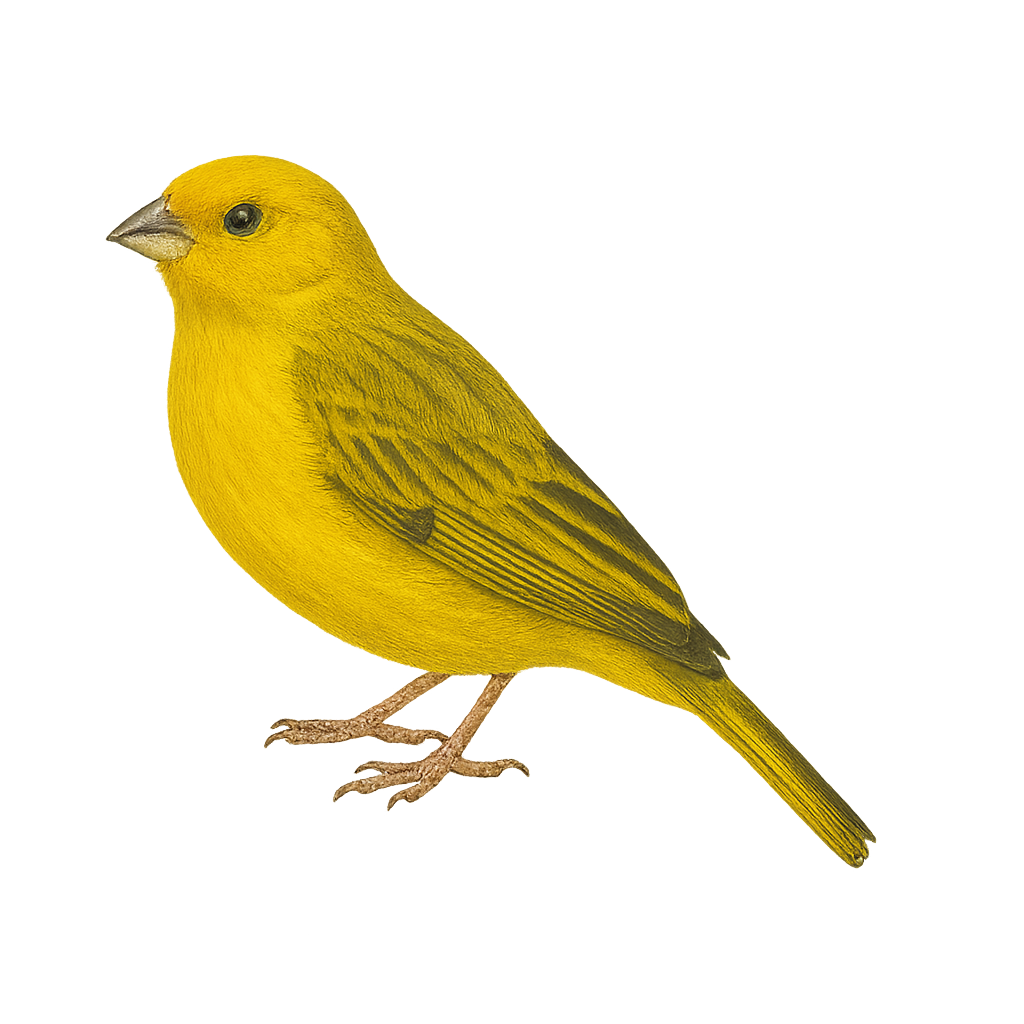Your wildlife photography guide.
Explore the saffron finch in detail, study its behavior, prepare your shots.
Where to observe and photograph the saffron finch in the wild
Learn where and when to spot the saffron finch in the wild, how to identify the species based on distinctive features, and what natural environments it inhabits. The WildlifePhotographer app offers tailored photography tips that reflect the saffron finch’s behavior, helping you capture better wildlife images. Explore the full species profile for key information including description, habitat, active periods, and approach techniques.
Saffron Finch
Scientific name: Sicalis flaveola

IUCN Status: Least Concern
Family: THRAUPIDAE
Group: Birds
Sensitivity to human approach: Tolerant
Minimum approach distance: 5 m
Courtship display: October to December
Incubation: 12-14 jours
Hatchings: October to January
Habitat:
savannas, agricultural areas, urban gardens
Activity period :
Primarily active during the day, with peak activity in the morning and late afternoon.
Identification and description:
The Saffron Finch, or Sicalis flaveola, is a small bird with a striking bright yellow plumage, accented with olive-green shades on its wings and back. Native to South America, it is often found in savannas, agricultural areas, and urban gardens. This passerine is known for its melodious song and adaptability to various environments. Males display more vibrant colors than females, making them easily identifiable. Their diet mainly consists of seeds, but they also consume insects. The Saffron Finch is a sociable bird, often seen in small groups, especially outside the breeding season.
Recommended lens:
400 mm – adjust based on distance, desired framing (portrait or habitat), and approach conditions.
Photography tips:
To photograph the Saffron Finch, aim for the golden hours of morning or afternoon to capture the beauty of its yellow plumage under soft light. Use a 400mm lens or longer to get close-ups while maintaining a safe distance of 5 m. Be patient and observe its feeding habits, as it is often busy foraging for seeds. A blurred background will highlight its vibrant colors.
The WildlifePhotographer App is coming soon!
Be the first to explore the best nature spots, track rutting seasons, log your observations, and observe more wildlife.
Already 1 439 wildlife lovers subscribed worldwide

